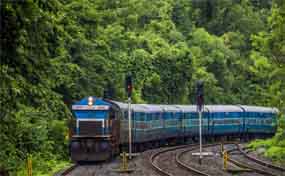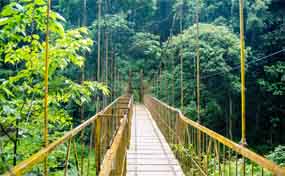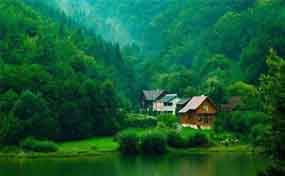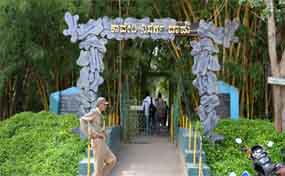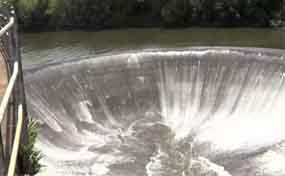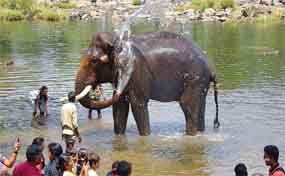Kodagu is an authoritative area in Karnataka, India. Before 1956 it was an authoritatively isolated Coorg State, so, all in all it was converged into an extended Mysore State. It possesses a region of 4,102 square kilometers (1,584 sq mi) in the Western Ghats of southwestern Karnataka. In 2001 its populace was 548,561, 13.74% of which dwelled in the locale's urban focuses, making it the slightest crowded of the 30 areas in Karnataka. The locale is circumscribed by Dakshina Kannada region toward the northwest, Kasargod region of Kerala toward the west, Hassan area toward the north, Mysore region toward the east, Kannur region of Kerala toward the southwest, and the Wayanad region of Kerala toward the south. Farming is the most critical factor that maintains the economy of Kodagu and the primary yields developed in this area are rice and espresso. Coorg is wealthy in common assets which included timber and flavors. Madikeri (English: Mercara) is the base camp of Kodagu. Kodagu is known for its espresso and its kin. The general population incorporate indigenous (Kodavas) and other ethnic gatherings (Arebashe Gowdas and Kodava subgroups). The central dialects by and by talked in Kodagu are Kodava, Are Bhashe, Tulu and Malayalam. Kodagu is home to the local speakers of the Kodava dialectKodagu is one of the regions of Karnataka. Kodagu is likewise called by the anglicized name of Coorg. Kodagu is the most wonderful slope station in the state.
Tourism in Kodagu
Kodagu is arranged on the eastern incline of the Western Ghats. The most astounding pinnacle of Kodagu, Tadiandamol, has an elevation of 1750 m; Pushpagiri is 1715 m high. The fundamental stream is the Cauvery River (Kaveri), which takes birth at Talakaveri on the eastern side of the Western Ghats, and with its tributaries, depletes most of Kodagu. Kodagu is wealthy in untamed life. The area has three natural life havens: Brahmagiri Wildlife Sanctuary, Talakaveri Wildlife Sanctuary, and Pushpagiri Wildlife Sanctuary, and one national park, Nagarahole or Rajiv Gandhi National Park. Madikeri or Mercara is capital of Kodagu locale. Kodagu is the place that is known for Coffee, Pepper, cardamom, Honey and oranges. Kodagu is a place where there is numerous networks. Kodavas are the fundamental network; alternate networks are Gowdas, Brahmins, Christians and Jains. Clans, for example, Yeravas, Kurubas, Airies and Kudiyas, who are accepted to be the first pioneers of the zone, additionally live in Kodagu. The Kodavas talk a Dravidian dialect, Kodava takk (Coorg dialect); it has no content of its own. The other Dravidian dialects talked here are Kannada, Malayalam and Tulu. The atmosphere of Kodagu is cool, equable and wonderful. The locale has extremely wet stormy rainstorm atmosphere. June, July and August are the months with overwhelming precipitation and July is the rainiest month. Winter keeps going from January to February and summer from March to May. Best season to visit Kodagu region is among November and May. Kodavas praise three celebrations specifically Kailpoldhu, Kavery Sankaramana, and Puthari. Kailpoldhu is praised in the main seven day stretch of September, all over Kodagu. Kavery Sankramana ordinarily falls amid mid October and Puthari celebration falls in late November or early December. Puthari - implies new rice, which connotes the gathering of the new harvest.


